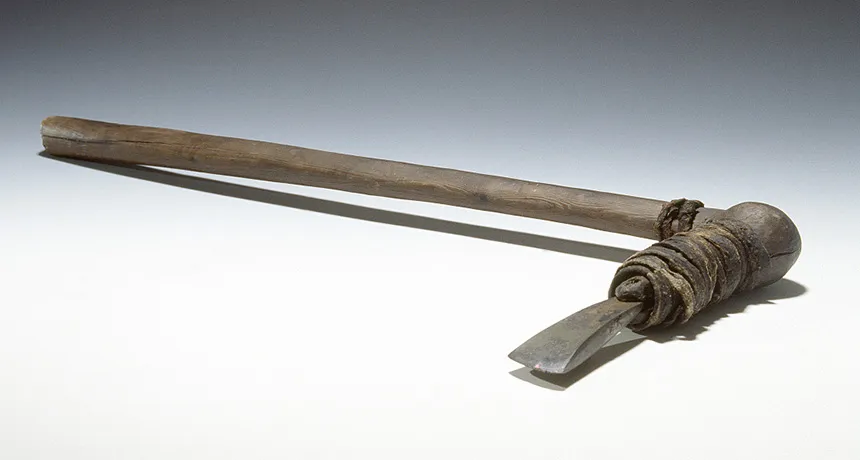Copper in Ötzi the Iceman’s ax came from surprisingly far away
Analysis hints that long-distance trade network connected present-day central and northern Italy

BLADE TRADE Copper for Ötzi the Iceman’s ax, or possibly even the finished blade, came from what’s now central Italy, an unexpectedly long way from the ancient man’s home region in northern Italy.
© South Tyrol Museum of Archaeology